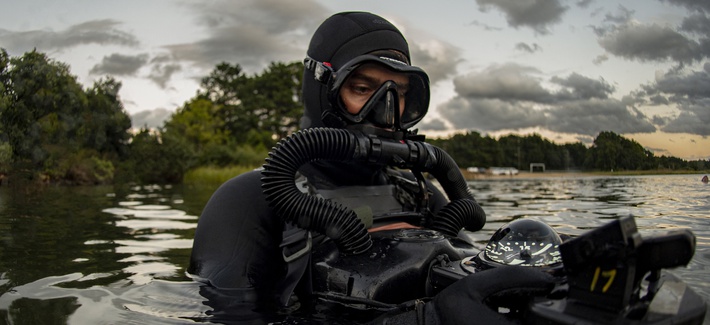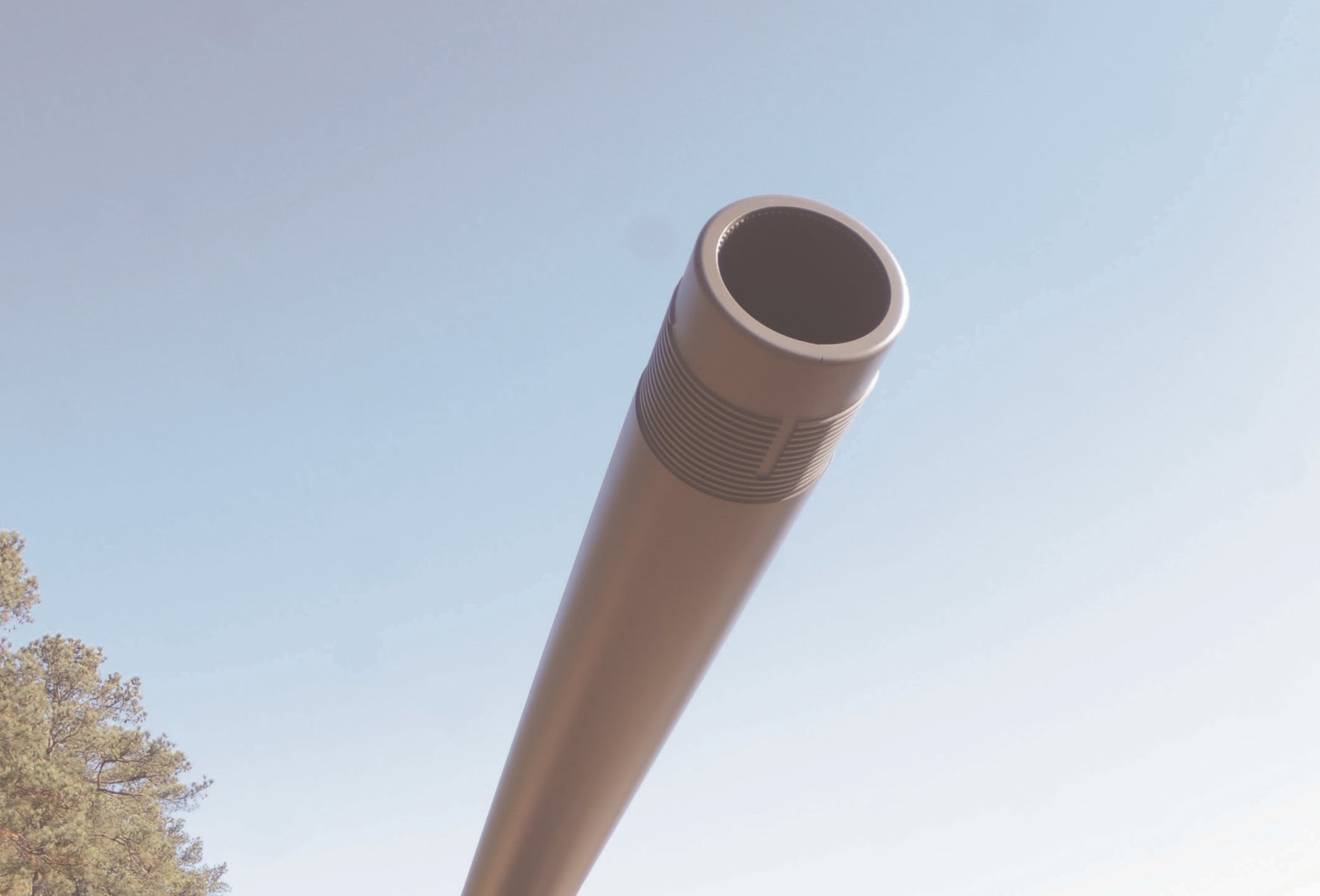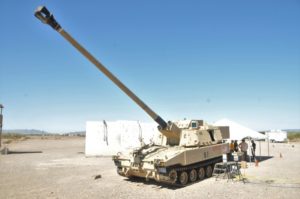U.S. Army leaks images of its new 1,000 nautical miles super cannon
The U.S. Army appears to have accidentally revealed the first image of the newest Strategic Long Range Cannon in a set of presentation material revealed during US-UK Modernization Demonstration Event.
The Linkedin post was shared by the U.S. Army CCDC Army Research Laboratory, said that the U.S. Army hosted a US-UK Modernization Demonstration Event Feb. 20 at Aberdeen Proving Ground, Maryland, to identify capability collaboration to the British Army.
“Officials from Army Futures Command, U.S. Army Combat Capabilities Development Command, its centers and lab, briefed interoperability to minimize risks of #modernization divergence,” said in the post.
Also was posted some photos on which can replace the posters with information about the long-range cannon that can shoot a projectile 1,000 nautical miles.
The Strategic Long Range Cannon (SLRC) is comprised of a weapon, prime mover and trailer, projectile and propelling charge capable of delivering massed fires at strategic ranges for multi-domain operations.
The SLRC field battery will be included 4 special platforms with cannons and heavy equipment transporters. Also added that the crew of super cannon is 8 personnel per platform.
https://defence-blog.com/army/u-s-army-leaks-images-of-its-new-super-cannon.html










